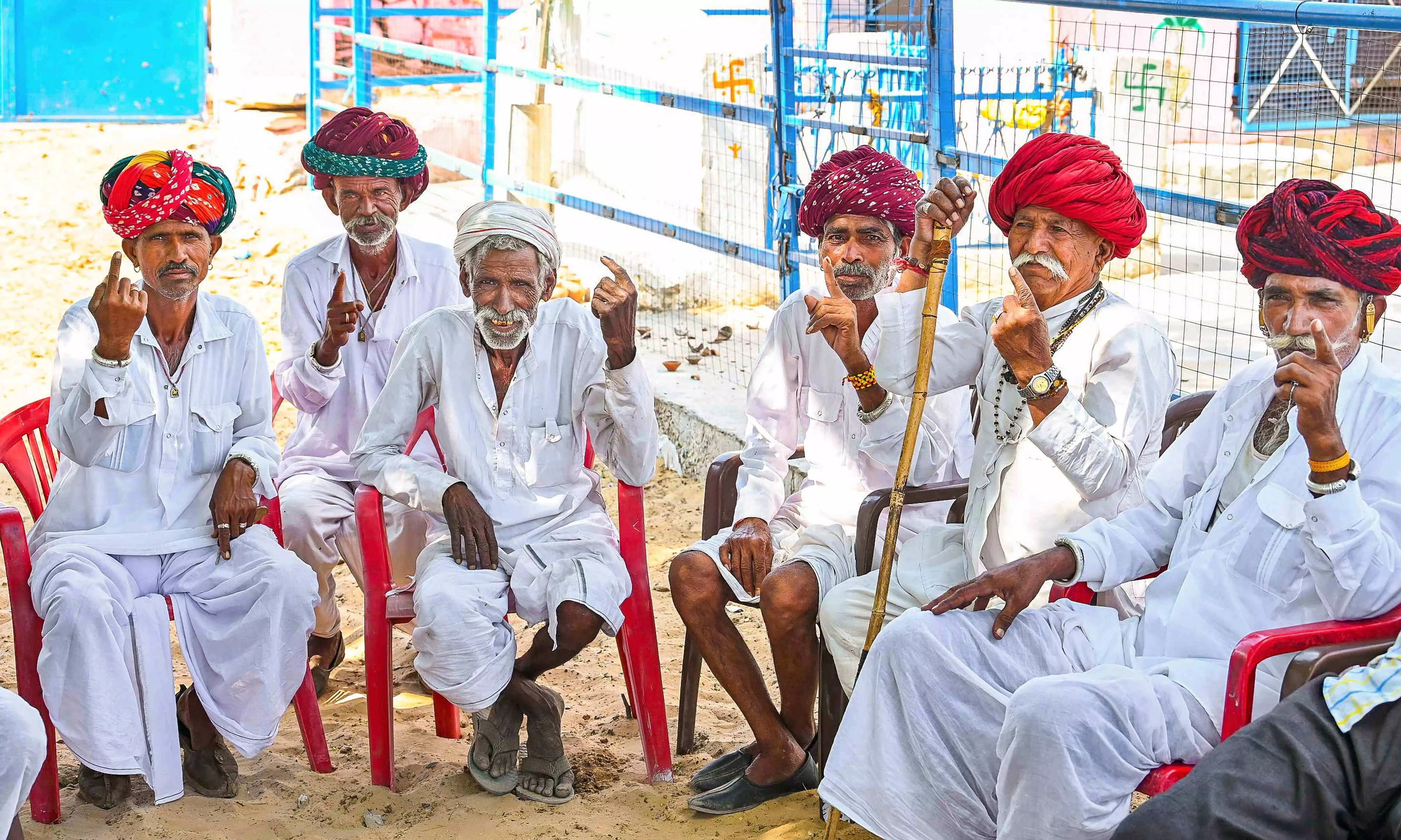An unyielding influence

As Gujarat gears up for another election cycle, the narrative spun by political parties often includes talk of development, modernization, and a step away from traditional identity politics. However, beneath this veneer of progressiveness, the structure of caste continues to wield significant influence over political strategies and candidate selection. This persistent reliance on caste, despite the globalizing influences and urbanization, reveals a deeper societal hold that caste still commands in both rural and urban landscapes of the state.
In Gujarat, caste is not just a remnant of a pre-modern social order but a living, breathing social reality that shapes political fortunes. Political parties, whether they admit it openly or not, continue to play the caste card meticulously. The BJP and Congress, along with newer contenders like AAP, align their candidate selections to mirror the caste demographics of regions, reflecting a calculated approach to maximize electoral appeal. The representation of Patidars, OBCs, and Kolis in the candidate lists of major parties underscores the strategic importance of these groups in Gujarat’s electoral arithmetic.
The narrative that urban areas, like Ahmedabad and Vadodara, are shedding the weight of caste identities is both hopeful and misleading. While it's true that urbanization has introduced new social dynamics that dilute strict caste lines, the fundamental influence of caste cannot be overlooked. Analysts like Amit Dholakia and sociologist Vidyut Joshi assert that while urban centres may exhibit a weakening of traditional caste structures, in rural areas, caste identities remain as potent as ever, guiding voter behaviour and candidate selection.
This dichotomy between urban and rural experiences with caste illustrates a broader challenge facing India: the tension between modernity and tradition. Modern electoral campaigns might focus on development or nationalism, but the undercurrents of caste still powerfully influence voter sentiment and party strategies. This is evident in how parties shift their narratives depending on the region—emphasizing development and broader issues in urban areas while subtly playing the caste card in rural constituencies.
Furthermore, the adaptation of caste dynamics into broader religious and political identities—such as the BJP’s efforts to consolidate a Hindu vote bank or the INDIA alliance’s strategy to counter Hindutva with caste-based appeals—shows a sophisticated understanding of the interplay between caste and modern political themes. Such strategies highlight a critical insight: caste is not just about social identity but also about political power.
The reluctance to move beyond caste also reflects a pragmatic understanding of electoral realities. As state Congress spokesperson Manish Doshi points out, voters often reject candidates who do not fit their caste preferences, pushing parties to prioritize winnability over idealistic selections. This voter behaviour forces parties to continue engaging in caste-based politics, even if they publicly decry it.
In conclusion, while Gujarat, like much of India, strides towards a future marked by technological innovation and economic growth, the shadows of caste linger prominently in its political arenas. For real change to occur, it will require not just a shift in party strategies but a transformation in voter attitudes. Until then, caste remains a cornerstone of political strategizing in Gujarat, an inescapable reality that parties navigate with a mix of resignation and calculated engagement. The future of Gujarat’s politics, therefore, lies as much in the hands of its voters as it does in the leaders they choose to elect.



